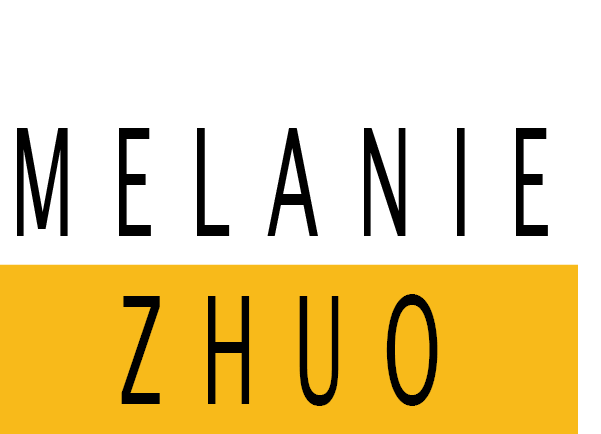Group work (intensive) : 4 people
Sustainable Development Goals
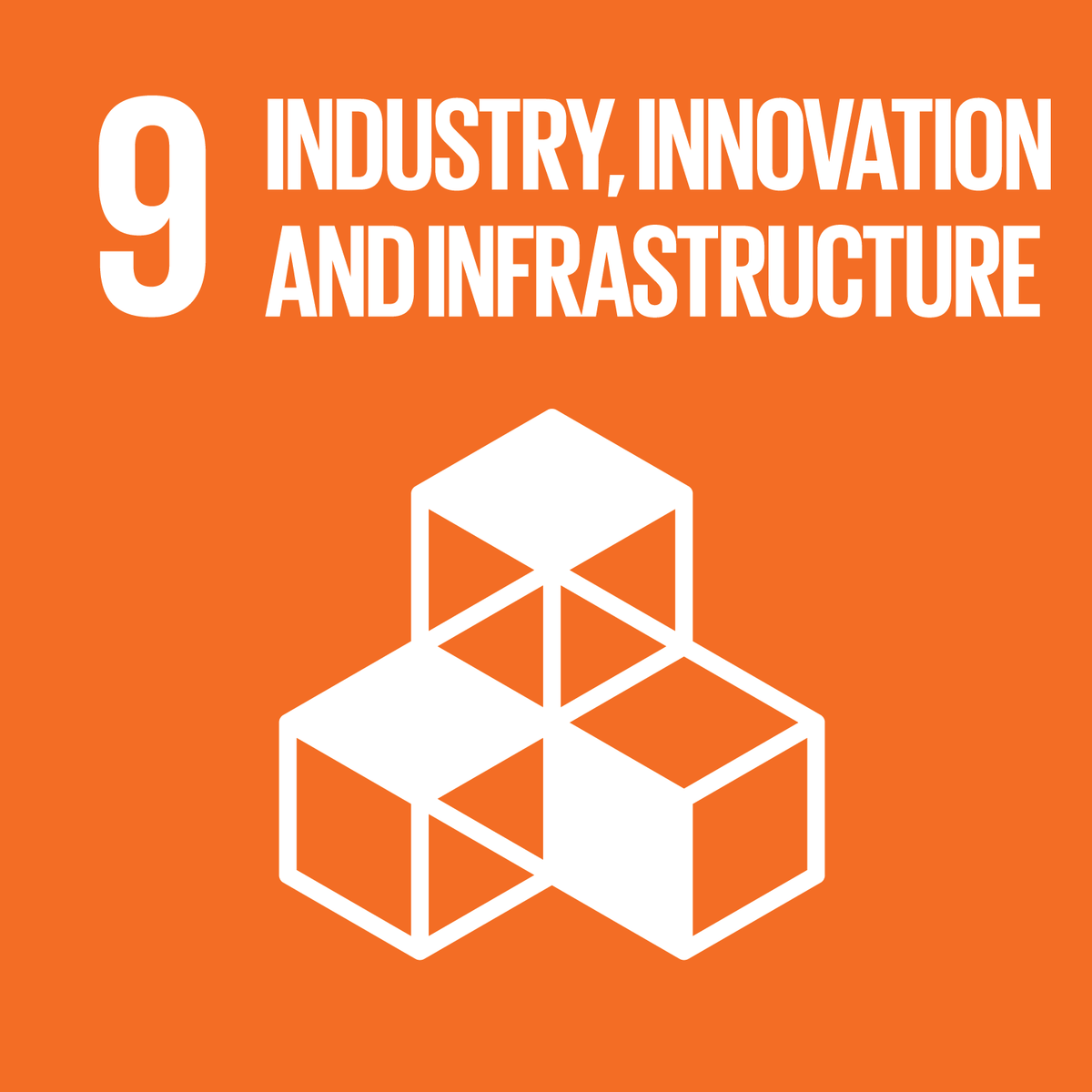
Infrastructure Development

Through encouraging prefabricated retrofits of existing buildings with integration of natural systems.
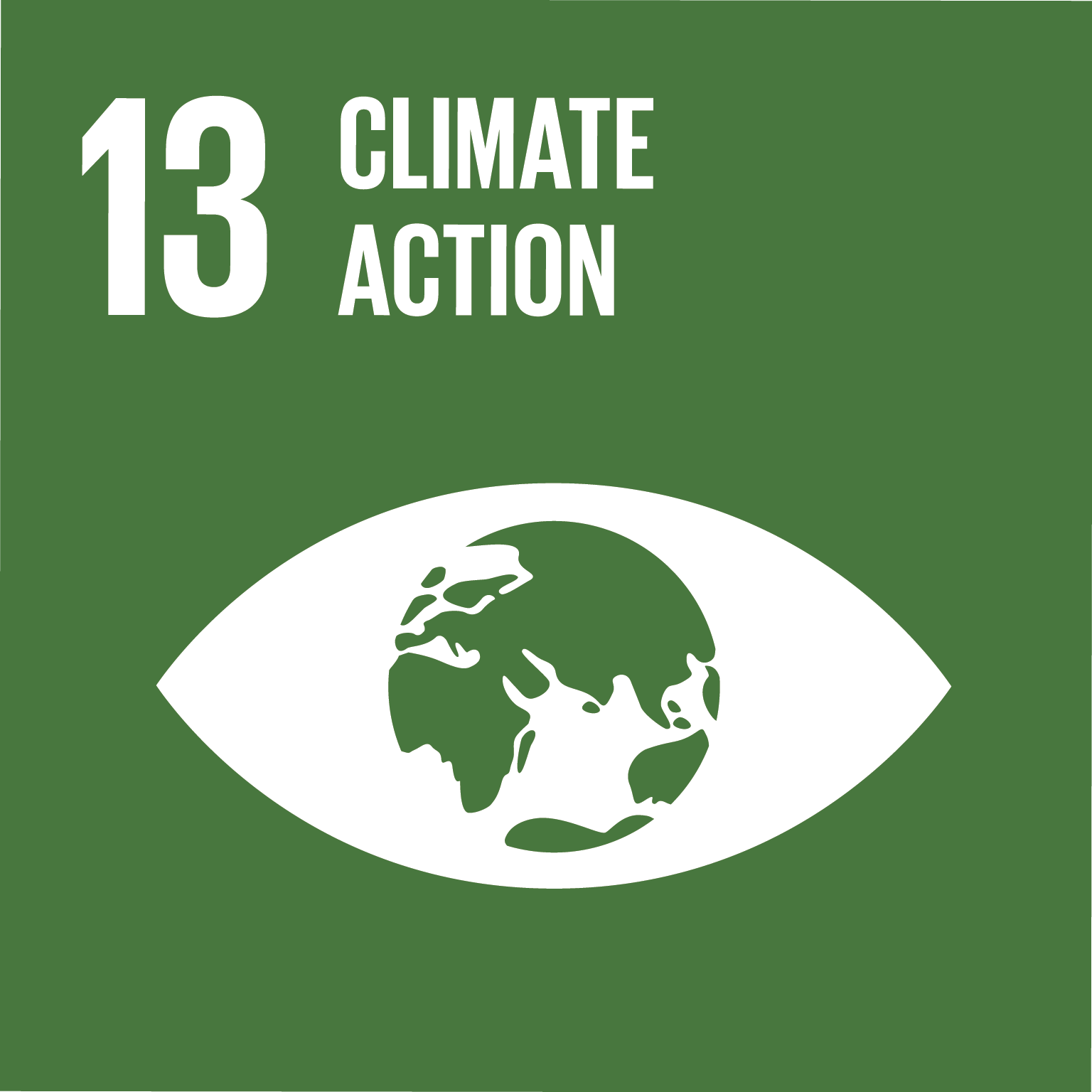
Greener City
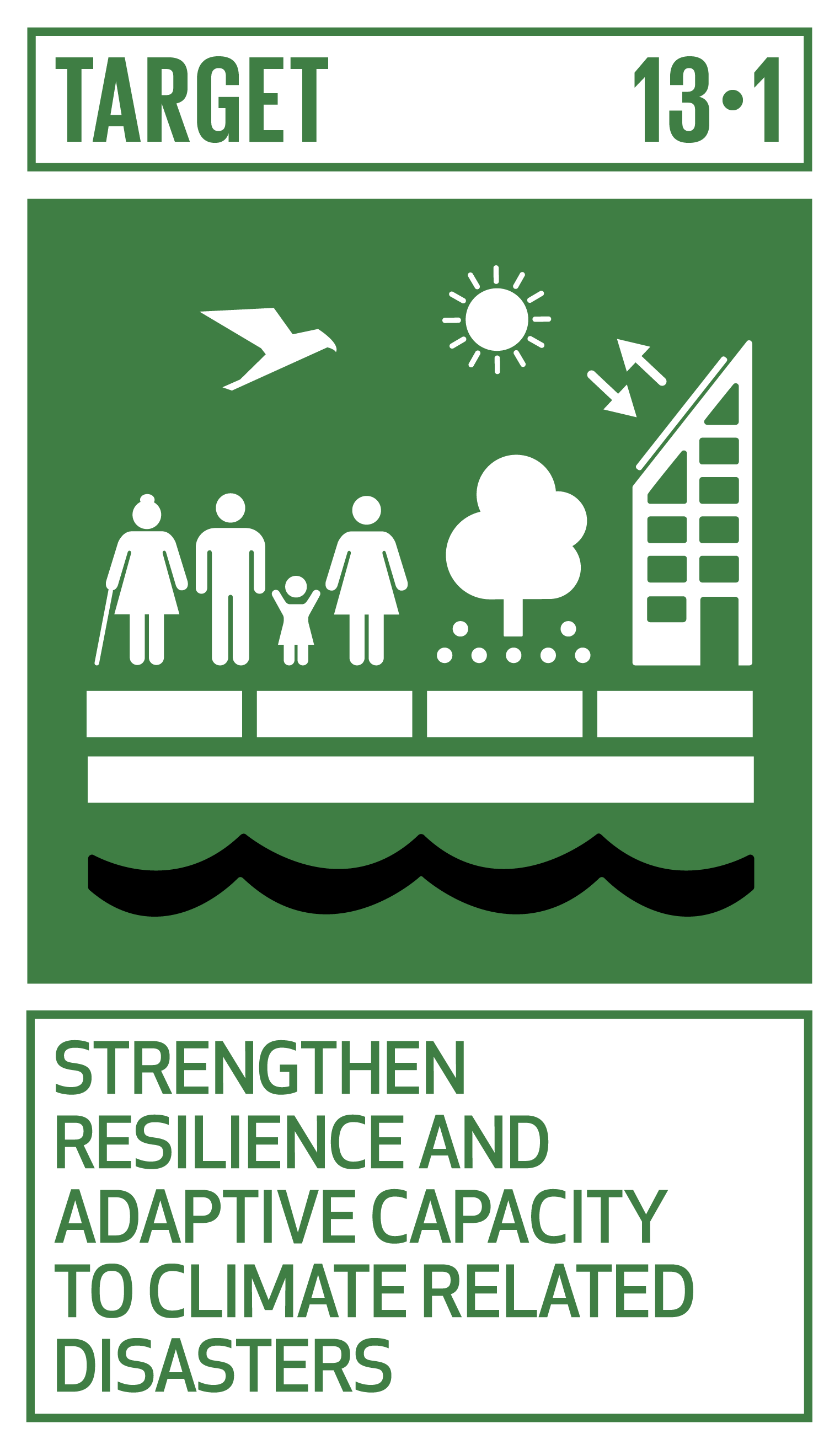
Resilience to increasing temperatures and decreasing biodiversity which leads to decline in food security.
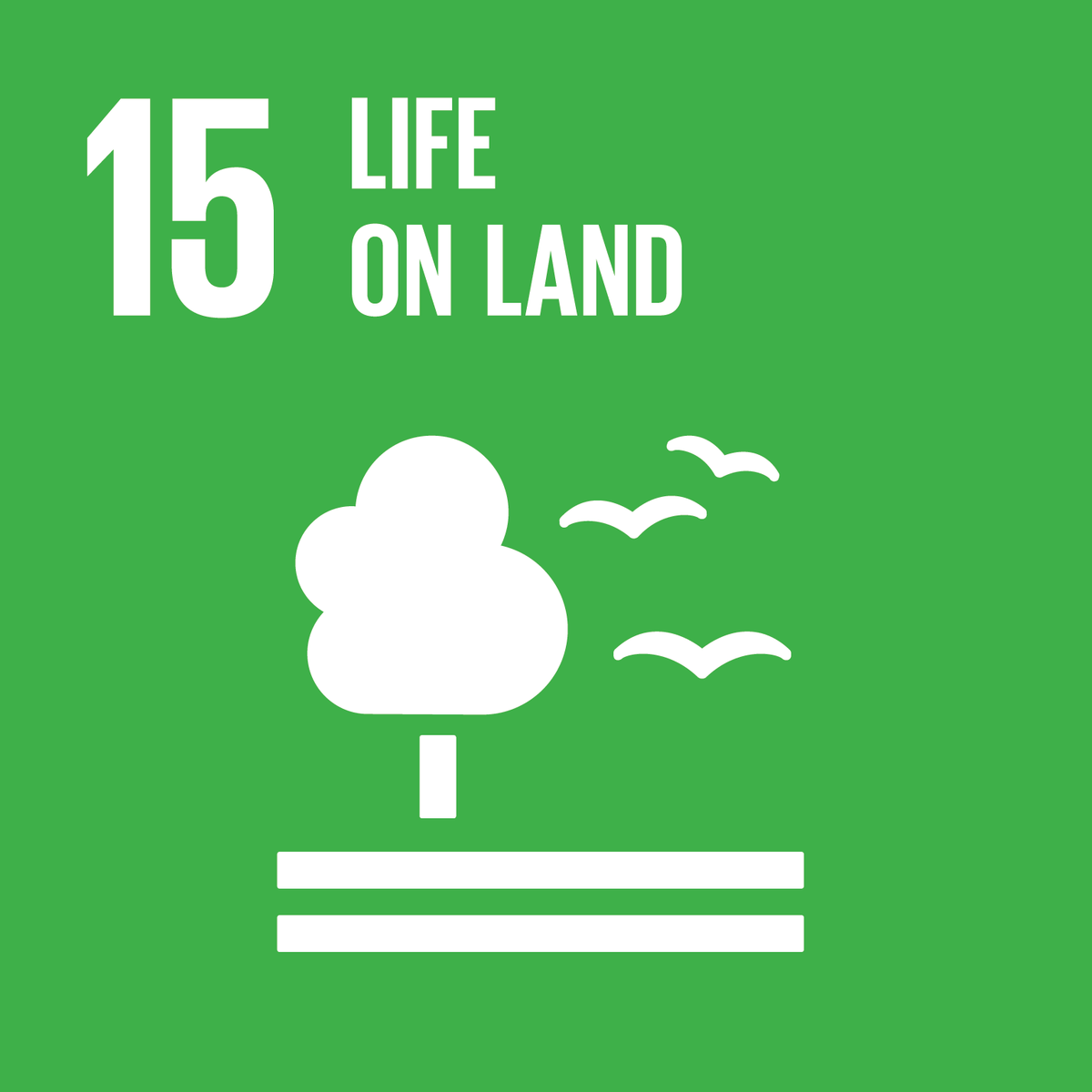
Preserve Biodiversity
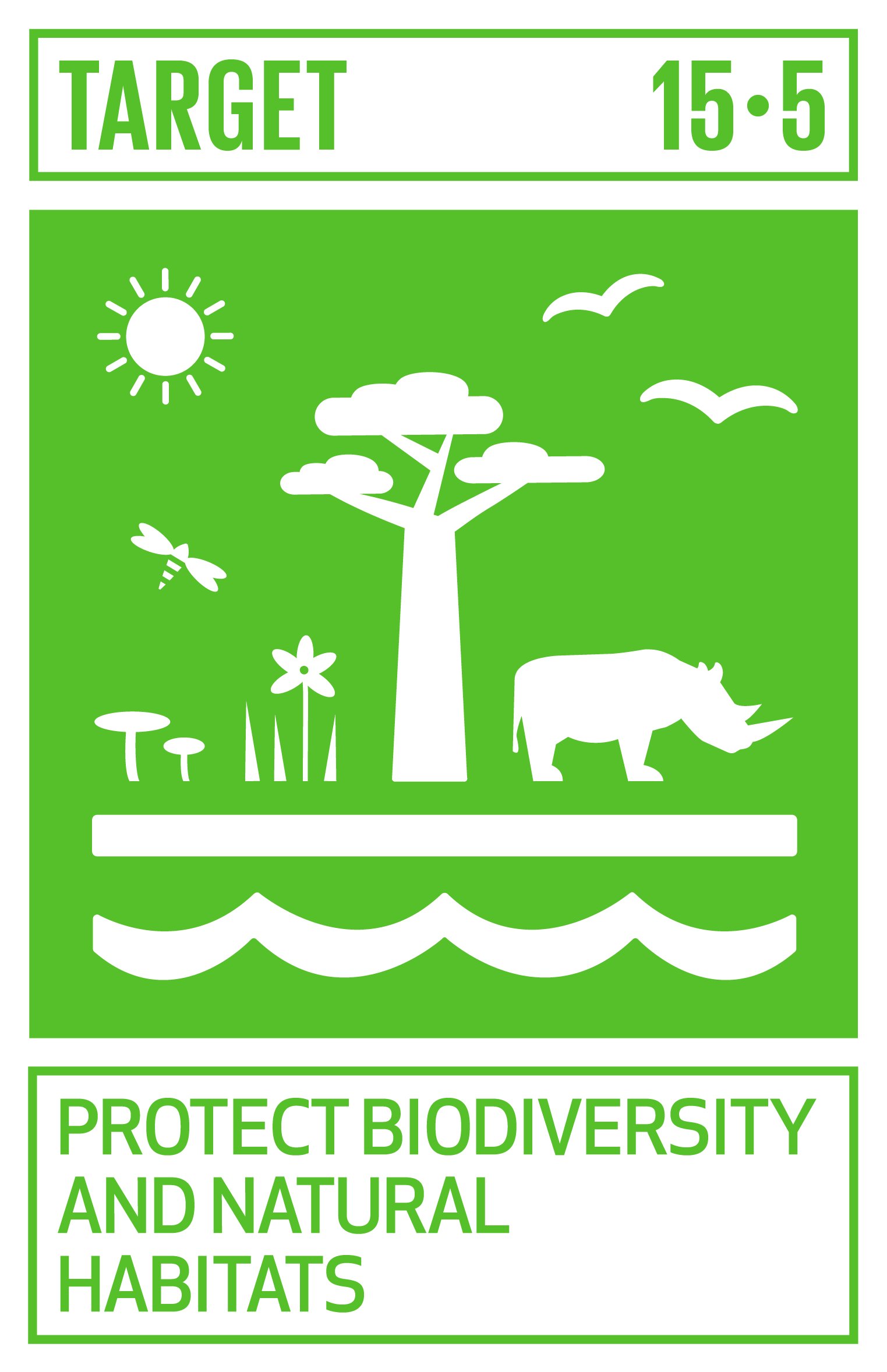
Increasing honey bee habitat and population in urban spaces.
The rapid developments of mid to large glass office buildings and green facades in the future of urban sites result in the requirement for
increased urban biodiversity and habitat conservation (Nilon et al. 2017). The Urban Apiary is a prefabricated module to be retrofitted onto
these existing curtain wall structures. Trickle vents are installed above an enclosed hive which is on the outside of the building – A ‘Bee
Radiator’ Façade – which takes advantage of natural phenomena in bee behaviors in building design. This hive would be inaccessible from
the inside, providing a safe, disconnected module for the co-habitation of two species. The stable temperatures and insulation of the hive and
wax assist in regulating fresh air entering these buildings. Consequently, the building typology is aimed at low-rise office and commercial
buildings which rely heavily on HVAC systems, where ventilation may not be available. The Urban Apiary ultimately aims to speculate how
the amalgamation of natural and human systems may occur.
increased urban biodiversity and habitat conservation (Nilon et al. 2017). The Urban Apiary is a prefabricated module to be retrofitted onto
these existing curtain wall structures. Trickle vents are installed above an enclosed hive which is on the outside of the building – A ‘Bee
Radiator’ Façade – which takes advantage of natural phenomena in bee behaviors in building design. This hive would be inaccessible from
the inside, providing a safe, disconnected module for the co-habitation of two species. The stable temperatures and insulation of the hive and
wax assist in regulating fresh air entering these buildings. Consequently, the building typology is aimed at low-rise office and commercial
buildings which rely heavily on HVAC systems, where ventilation may not be available. The Urban Apiary ultimately aims to speculate how
the amalgamation of natural and human systems may occur.
Methodology
Further correlational research was used to study the bees
behavior with secondary data collection. We examined the
behaviors and statistics of European honeybees, as well as their
role in pollination and hive production, which helped to inform
how we should design our façade to cater to and encourage
biodiversity.
behavior with secondary data collection. We examined the
behaviors and statistics of European honeybees, as well as their
role in pollination and hive production, which helped to inform
how we should design our façade to cater to and encourage
biodiversity.
Limitation & Assumption
COLONY SIZE / Limited hive size and nectar source
TESTING / No testing of prototypes with experimental hive due to
time and resource limitations.
TESTING / No testing of prototypes with experimental hive due to
time and resource limitations.
The project is largely based on secondary data and case studies to
inform design decisions.
Design Process
I Research II Initial Idea III Iterations IV Form Finding V Detail Refinement
BEEHIVE CONDITION STUDY
THERMAL PERFORMANCE
Thermograms of the combs at different environmental temperature simulates the bees’ behaviours in summer and winter, enhancing the thermal performance of the indoor environmental quality.
Stabentheiner, A., Kovac, H., Mandl, M. et al. “Coping with the cold and fighting the heat: thermal homeostasis of a superorganism, the honeybee colony.” J Comp Physiol A 207, 337–351 (2021). https://doi.org/10.1007/s00359-021-01464-8.
CONSTRUCTION DETAIL
CONSTRUCTION PROCESS
RENDER
CONCEPTUAL RENDER IMAGE
INDOOR/OUTDOOR RELATIONSHIP
APPENDIX
Research Pit
In the research phase of this project, we focused on SDG15 Life On Land by looking at the 'pollinator crisis' of bees in Australia and around the world. We study the characteristics and behaviors of beehives, and bee's activity to gain a better understanding of urban beehives and their requirements.
